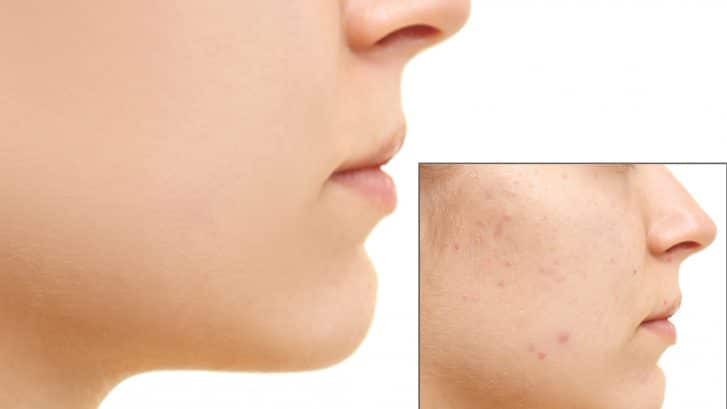SCAR REVISION
Scar tissue is a normal result of the healing process. Whenever the skin has been broken, whether by an injury, infections such as acne or even surgery, there always will be a scar. Scars are composed of fibrous tissue which are permanent in nature and cannot be removed totally. The goal is to improve the appearance of the scar either by disguising it, relocating it or minimizing its prominence so it is less unsightly and less noticeable. Scars may improve with time and should be allowed to mature and completely heal prior to initiating surgical treatment. Usually treatment is not be instituted until at least 6 months following a wound; sometime a year or more is recommended.
Hypertrophic Scar
An excessive amount of scar tissue in an incision or wound characterizes this type of scar. The scar, itself appears redder in color and firmer in texture and raised above the surrounding skin.
Keloid Scar
This type of scar exhibits similar characteristics as the hypertrophic scar, but has a tendency to continue to grow outside its borders. True keloids occur primarily in darker skin.
Hypertrophic scars and keloids may occur anywhere on the body, but they’re most problematic over the breastbone, on the earlobes and over the shoulders.
Scar revision is a procedure designed to reduce the appearance of unsightly scars. It’s success will depend on certain factors such as – the scar’s size, shape, location patient’s age, skin type and color, and general medical condition. It is important to remember that scars cannot be completely removed.
SCAR REVISION PROCEDURES
A procedure whereby the scar tissue is removed and the wound edges carefully sutured closed tstages – called “Serial Excisions”.
In this procedure, the old scar is removed and new incisions are made on each side, creating small triangular falps of skin. These flaps are rearranged to cover the wound at a different angle, giving the scar a “Z” pattern. This repositions an orients the scar in a more favorable direction (within the relaxed skin tension lines of the face – RSTL lines), which enables the scar to heal better. (See Photo – lateral orbital scar)
Primarily produces an irregular scar by breaking it up into small geometric patterns that line up and blend in better and with the RSTL lines.
Tissue expanders are placed under the skin to expand the amount of existing available skin and tissue surrounding a scar or defect for reconstructive purposes or in very large and wide scars. This procedure tries to avoid using the less than optimum skin flap or skin graft procedures.
Some scars may be smoothed or “sanded” to blend with surrounding skin through dermabrasion. This sanding or abrasive technique usually is done with a rotary abrasive instrument (such as a Diamond –Phrase Burr). Often, dermabrasion is combined with other scar revision techniques to obtain the best final result. In selected cases, the CO2 laser has been used as a simple treatment in less severe scars. This treatment is more often used to blend a flat scar into the surrounding tissues.
Often used to treat depressed scars. Fillers have the advantage of blending into the skin, but is not permanent and will usually require periodic augmentation.
Some scars, particularly the hypertrophic and keloid scars are improved by injection of steroid medication. This medication does not narrow the scar but often will flatten and soften it.
Pressure therapy involves a type of pressure appliance worn over the area of the scar. These may be worn day and night for up to 4 – 6 months.
Either silicone gel sheeting or the gel itself, when applied to scars will soften and help to fade the scar.
POSTOPERATIVE COURSE
No matter what approach is taken, keloids and to a less extent, hypertrophic scars have a stubborn tendency to recur, (depending on the area) sometimes even larger than before. To discourage this, often times, combined treatments, such as steroid injections, topical steroids and sometimes radiation therapy are required.As you heal, keep in mind that no scar can be removed completely; the degree of improvement depends on the size and direction of the scar, the nature and quality of your skin and how well you care for the wound after the operation.

